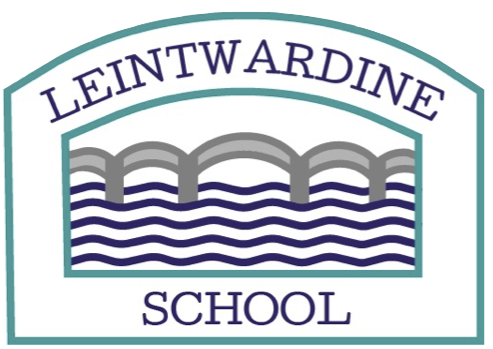Religious Education
Religious Education (RE) gives an opportunity ‘to explore what people believe and what difference this makes to how they live, so that pupils can gain the knowledge, understanding and skills needed to handle questions raised by religion and belief, reflecting on their own ideas and ways of living’ (Herefordshire Syllabus 2020).
It provides a safe place in which to ask challenging questions about meaning and purpose in life, beliefs about God, ultimate reality, issues of right and wrong and what it means to be human. We use RE to explore religions and world views in local, national and global contexts, considering different answers to these questions.
Our RE curriculum is rich, varied and balanced. Children engage in RE through a variety of activities that are structured to allow opportunities for: asking big questions, enquiry based learning, research, investigation and personal response. Children are encouraged to think deeply through open-ended questions. As children mature, they are actively encouraged to respectfully debate different viewpoints, to weigh up the value of wisdom from different sources, to develop and express their insights in response and to agree or disagree respectfully. Many activities in RE are cross curricular, allowing children to create personal responses to their religious learning through drama, art and music. Many children find it easier to articulate their ideas verbally rather than in writing and discussion of big ideas allows opportunities for children of all ages and abilities to succeed in RE.
We have created a bespoke two-year curriculum which includes information relevant to our local area. Key questions help us shape our half-termly units of work - you can find these here
RE equips our children with a bank of knowledge enabling them to develop their own ideas, values and identities. They learn to value positive dialogue, articulate their own beliefs, ideas and experiences coherently while respecting the right of others to differ.
In Early Years (the Reception year), the curriculum is organised along broad themes. You can see what R.E. looks like in Reception here
YEAR A
Autumn 1
Autumn 2
Spring 1
Spring 2
Summer 1
YEAR B
Autumn 1
Autumn 2
Spring 1
Spring 2
Summer 1
